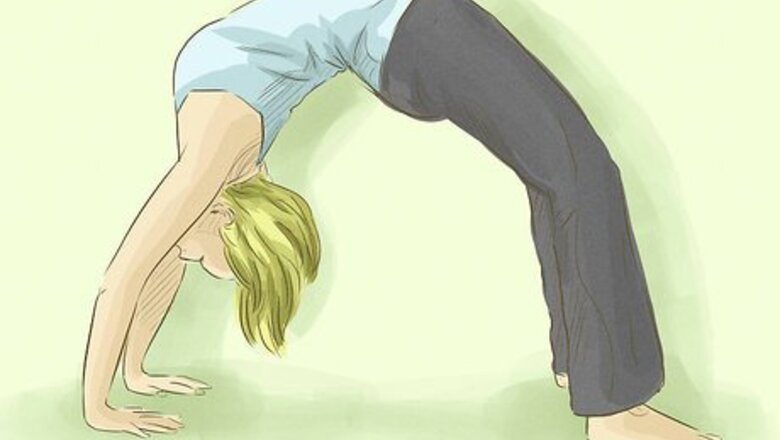
views
Strengthening Your Back and Neck
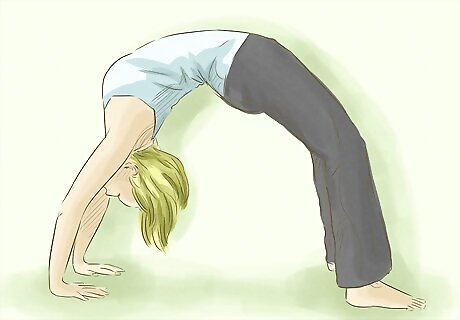
Push up into a bridge. This exercise is helpful because it encourages your body to go backwards instead of hunching forwards. Lie down on your back on an exercise mat with your arms down at your side. Bend your knees and place your feet flat on the mat. Press your feet and arms into the mat and lift your pelvis. Your knees should be in line with your ankle. Try to hold this position for at least 10 seconds. When you go back down, don’t just drop to the mat. Slowly lower yourself by keeping your muscles flexed the entire time.
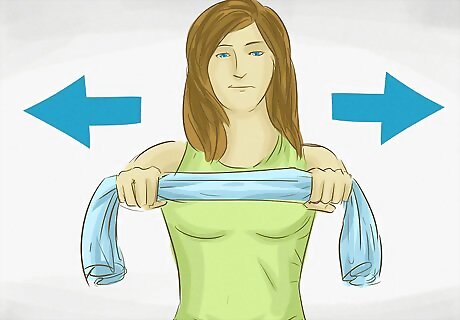
Stretch with pull apart bands. Get a lightweight band and hold one side of it in each hand. Put your hands straight out in front of you and shoulder-length apart, with your hands facing down. Pull your hands apart from one another, bending your elbows only slightly, until the band touches your chest. Repeat for the rest of your reps. Because this is a fairly lightweight exercise, it’s okay to do a high number of reps.
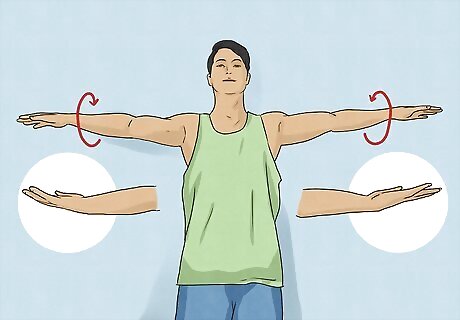
Perform a crucifix stretch. This is a move that you can perform every day to strengthen the muscles in your back. Stand up and hold your arms out to your sides. Keep them at shoulder height. Rotate your wrists until your thumbs are pointing backwards. Slowly move your arms back as well. Hold your arms in place. Release and repeat.
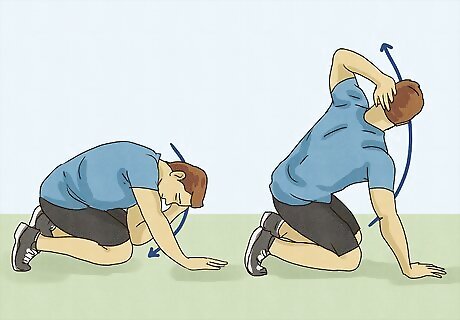
Do t-spine rotations. If you have a hunchback, then it is likely that you also have reduced spinal mobility. To boost it back up, get down on all fours on an exercise mat. Move your right hand so that it cups the back of your head. Dip your right elbow slightly under your left pectoral muscle. Then, swing it slowly upwards, moving as high as you can while keeping your other hand and knees still on the mat. To get the most benefit from this move, follow your rotating elbow with your eyes. Remember to switch sides to balance your body.
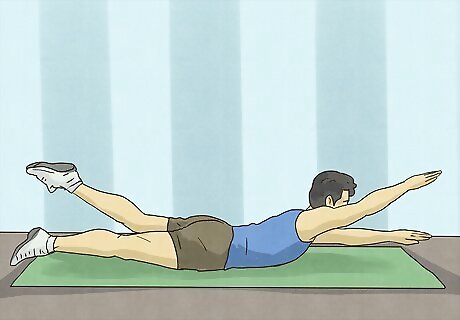
Do a swim move. Lie down on an exercise mat on your stomach. Extend your arms and legs outward in front and behind you. Keep your palms facing the mat. Rest your head on the mat as well. Then, lift your head up along with your right arm and left leg. Hold them for a few seconds. Drop them down and repeat with your head, your left arm, and right leg.
Making Lifestyle Changes

Keep items at eye level. One of the main ways that you can develop a hunchback is by constantly looking down at objects instead of keeping your head straight or even glancing upwards. Make a change by positioning your cell phone at eye level when texting or browsing. Do the same thing with your e-reader or book. You can also purchase a rack or stand for your laptop to elevate it to eye level.
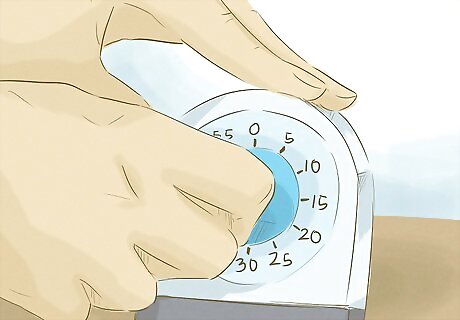
Set an alarm to check your posture. It’s really easy to forget to hold yourself perfectly upright throughout the day, especially at work. To keep yourself from slouching over the keyboard, put an alarm on your phone to go off every 30 minutes. When the alarm sounds, check your posture by straightening your spine and pulling your shoulders back. Some people find it helpful to write reminder notes around their desk, such as, “Straighten up!”
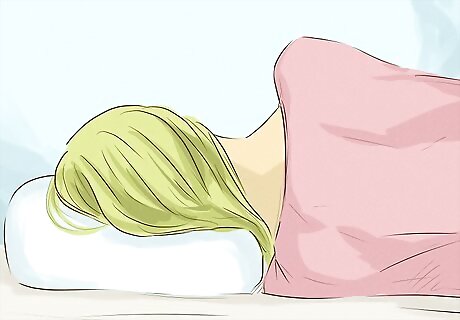
Sleep with a contoured pillow. Go to your local sleep store and browse through their pillow offerings. Look for a pillow that is designed to hold your head and neck in proper alignment overnight. These pillows are often made of foam and have 2 outer ridges with a dip in the middle for your head. Be prepared for a bit of an adjustment period when transitioning from a traditional pillow to a contoured one. You may find it tough to sleep in any other position aside from on your back, at least at first. Sleeping on a firm bed can sometimes help your hunchback improve as well.

Eat lots of foods with calcium and vitamin D. These two nutrients are directly responsible for the growth and maintenance of healthy bones in your body. Make a point of adding more cheese, fortified juice or cereal products, leafy greens, and citrus fruits to your diet. Take an orange to work as a midday snack or make a kale salad for lunch. You can also take a multivitamin to ensure that you are receiving enough calcium and vitamin D. However, getting nutrients from foods and vitamin D from the sun is always the better option.
Getting Medical Treatment
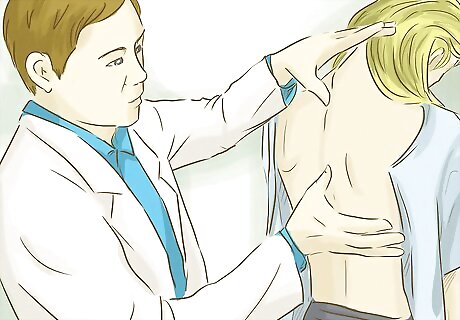
Go see your doctor. If you notice even a small hump or rounding of your shoulders, it is a good idea to bring this up to your primary care physician during a regular check-up. You can also schedule a specific appointment to talk about your hunchback if it is painful or concerns you. At the visit, your doctor may ask you to bend forward and reach for your toes. They will then trace your spine and look for any curvature. If your doctor suspects that you may have kyphosis, then they might order a series of X-rays or a MRI scan.
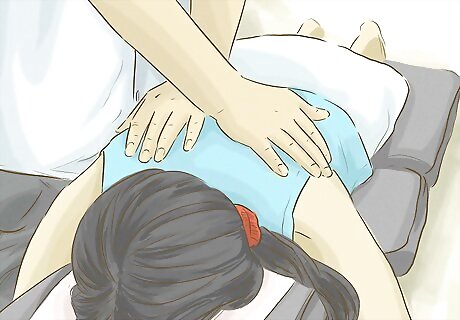
Work with a chiropractor or physical therapist. Your primary care doctor may refer you on to other specialists who can develop a comprehensive treatment plan for your hunchback. A chiropractor may focus on aligning your muscles with your bones through various sessions. A physical therapist can help to create an exercise program that will help to strengthen the muscles in your back and neck area.
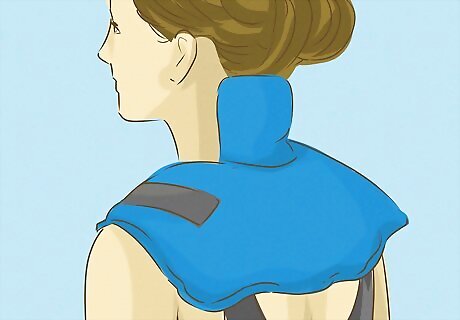
Wear an orthopedic brace. If you go to visit your orthopedist, then they may fit you for a back or neck brace. Your doctor will direct you to wear this brace for a certain period each day, often between 18-20 hours total. Or, you might be able to wear the brace just at night. Most braces are designed to be worn under clothing. Some braces are made out of harder plastic pieces, while others are primarily composed of a series of thick straps. Make sure to wear your brace as much as your doctor suggests or it won’t do its job.
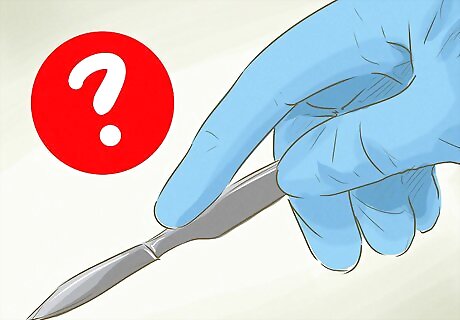
Agree to surgery only in the most severe situations. Spinal surgery is a very serious procedure, so most doctors only recommend it to patients who need a higher level of care. To treat a hunchback, a surgeon will reposition the spine using a series of screws and rods. Most people begin physical therapy almost immediately after surgery. Most people take around 1 year to fully recover from the surgery. At that point they can resume most pre-surgery activities. Another surgical option is called kyphoplasty. This where a balloon is placed between the vertebrae (back bones) to lengthen them out.
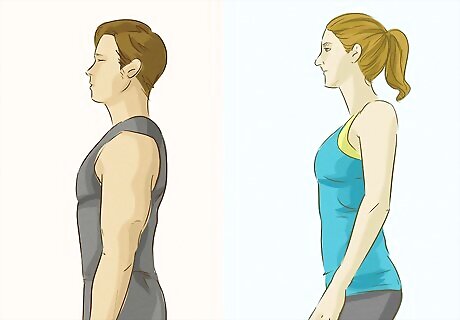
Leave it alone. If your hunchback isn’t noticeable or causing any health problems, then you might want to wait to treat it medically. It may be enough to make some simple lifestyle changes. This is often the case with younger children and adolescents whose bodies are still developing. The hunchback might disappear with the growth process.

















Comments
0 comment